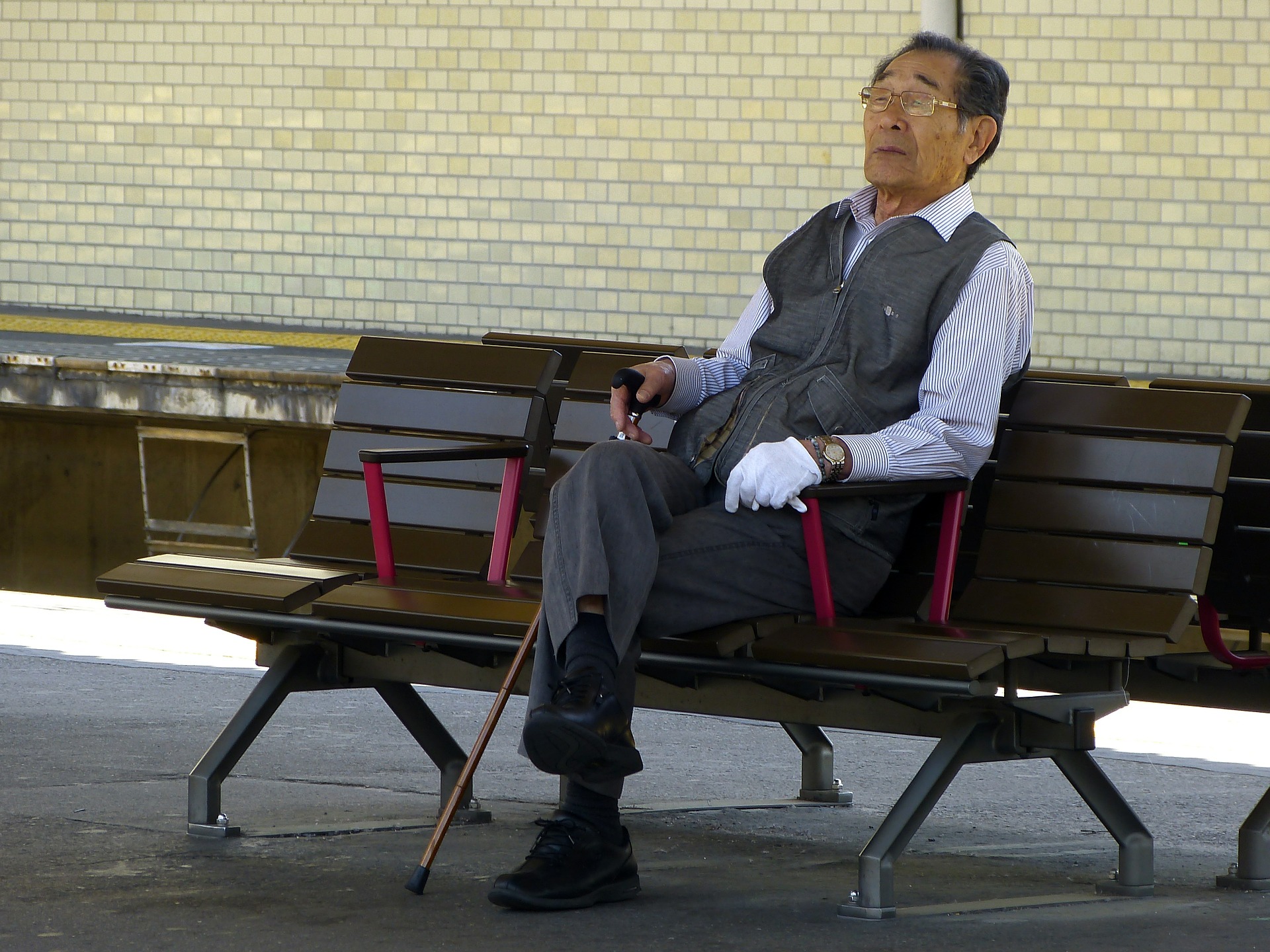Worries about financial stability in retirement driving Japanese toward private pensions

Japanese households are investing more in private retirement products after a government report indicated that the national pension system will not be enough to support them in old age.
The report, released in June by the Financial Services Agency, showed that a couple in their 60s may need up to ¥20 million ($186,000) on top of their public pension to cover their living expenses in retirement.
Since the report was published, private pension providers have seen applications for defined contribution pension plans surge.
People in Japan tend live longer than almost anywhere else in the world and hoard their cash savings rather than investing. Bank of Japan data show that Japanese households have 53% of their financial assets in cash and deposits, compared with 13% in the US and 34% in the euro area, even with interest rates at nearly 0%.
Chief economist at Tokai Tokyo Research Institute Co., Hiroaki Muto, believes that boosting financial literacy is key to sustaining this new investment. “There’s a myth that savings are the safest and stocks are seen as gambling,” Muto said. To avoid struggling in retirement, more people may need to go down this route.
Others will find themselves working longer. “Starting from 2006, the Japanese government legally mandated that employers must offer continuous employment to workers above the age of 60 until they reach their social security pension starting age (65 as of 2019),” write Daiji Kawaguchi and Hiroaki Mori in their study of the Japanese labor market. “The [labor force participation rate] … has notably increased not only among older men but also among women since around 2006,” they note.
Carol Graham suggests that “Flexible work time and retirement options are a potential solution for the challenges of unemployment, aging populations, and unsustainable pensions systems around the world.” She says that “While the potential transaction costs of such arrangements, as well as their feasibility in more precarious labor markets, are concerns, policies that support more flexible labor market arrangements, including incentives for job-sharing and remaining in the labor force after retirement age, can help overcome these problems.”
Read more from IZA World of Labor on the aging workforce and pensions reform.